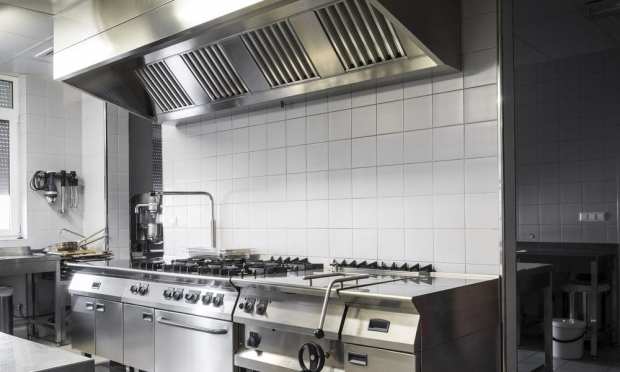Food Service Equipment Sellers Navigate An Uncertain Industry Future

With restaurants switching their business models to curbside pickup or delivery only — or are outright shuttering their doors for the time being — the food service industry has been one of the hardest hit by the pandemic.
The owners and employees of these establishments aren’t the only ones suffering, either. Restaurant closures are impacting companies all along the supply chain, including suppliers of equipment and machinery.
While Jim Contardi, CEO of food service equipment and supplies technology provider AutoQuotes, says volumes of equipment purchases for this industry have certainly dropped significantly, there has been a slight uptick in recent weeks as more restaurants find their footing or begin to open for limited capacity.
But it’s not just the ability to procure equipment that supports these restaurant owners amid times of turmoil. As Contardi told PYMNTS in a recent interview, the way equipment sellers facilitate payment can also have a profound experience on their customers, and support the need for both restaurants and equipment vendors to explore new ways of doing business.
Boosting Buyer Experience Through Payments
With the restaurant industry so deeply rooted in the customer experience, Contardi noted that the B2B side of the market hasn’t quite followed suit with the B2C side when it comes to offering a better payments workflow.
“As we looked at the way the B2B payments process was working in the commercial food service space, we saw it was anything but seamless and frictionless,” he said. “We felt imbedding payments into the workflow would provide a better experience for our customers’ customer.”
That was the motivation behind the recent rollout of integrated B2B payments capabilities for AutoQuotes. Dubbed AQ Pay, the feature allows businesses to pay for the equipment they procure directly on the platform.
Traditionally, this sector has continued to rely on faxes and emails, mailing paper checks or relaying credit card numbers over the phone to complete transactions.
Not only is the B2B payments workflow an important part of improving buyer experiences, it’s also key to modernizing an industry that, in today’s market, can no longer afford to rely on the legacy tools it has for so long.
Embracing Flexibility
The digitization of B2B payments in this market is also essential to providing choice for business buyer, said Contardi, who emphasized the importance of flexibility in a market affected so drastically by the pandemic. Payment choice not only improves the payer experience, but can also provide much-needed leeway for buyers should they need to pay with a card or obtain financing at the point of purchase, for example.
“Particularly today, it’s critically important to be able to have a method of collecting payment via credit card, ACH, [or] instant financing,” he said, adding that for the equipment dealers, having the flexibility to manage these transaction workflows in a digital, work-from-home environment is also essential.
But the need for flexibility will continue in the months ahead, and B2B payments capabilities must be ready for that, too.
As restaurants gradually open up, or perhaps endure waves of openings and closings, equipment sellers will also have to be ready for the ebbs and flows of revenue. Contardi also noted shifting business models among equipment vendors that are exploring sales, leases, and an emerging strategy of pay-as-you go to offer their food service buyers.
“A lot of our dealer customers are getting very creative in the way they think about the business,” he said.
As these dealers explore new sales strategies, their B2B payments capabilities must have the agility to support varying transaction volumes and values, too. It will certainly continue to be a challenge, both for restaurants desperately looking to hold onto revenue, as well as their supplier bases. But the pressure is likely to propel the food service arena as a whole into the electronic B2B payments landscape much more quickly than it would otherwise have.
“This is a shock to the system, not only in the food service equipment space, but probably in all manufactured goods industries,” said Contardi. “Everyone is looking for ways to be more efficient and differentiate their offering, in part by having a better customer experience.”
